The iconic Lincoln Center in New York City has long been a beacon of cultural excellence, hosting world-class performances across its many venues. Recently, the center has undertaken a significant upgrade to its seating acoustics, aiming to enhance the auditory experience for audiences. This initiative reflects Lincoln Center's commitment to maintaining its reputation as a premier destination for the performing arts.
The decision to upgrade the seating acoustics was driven by a combination of factors, including advancements in acoustic technology and feedback from performers and patrons. Over the years, subtle imperfections in sound quality had been noted, particularly in larger halls where even minor acoustic inconsistencies can detract from the overall experience. The new materials selected for the seats are designed to absorb and diffuse sound more effectively, ensuring a richer and more balanced auditory experience.
One of the key challenges in this project was balancing aesthetic considerations with acoustic performance. The seats at Lincoln Center are not just functional; they are part of the visual identity of the venue. The design team worked closely with acoustic engineers to select materials that would meet stringent sound requirements while preserving the elegant look of the seating. The result is a seamless integration of form and function, with the new materials barely noticeable to the untrained eye.
The upgrade process was meticulously planned to minimize disruption to the center's busy schedule. Work was carried out in phases, allowing performances to continue uninterrupted in other parts of the venue. This approach required careful coordination between construction teams, venue management, and performing arts organizations. The logistical complexity of the project cannot be overstated, given the sheer scale of Lincoln Center and its non-stop programming.
Early feedback from performers has been overwhelmingly positive. Musicians and actors have reported a noticeable improvement in sound clarity, particularly in the mid-range frequencies that are crucial for vocal and instrumental performances. Audience members, too, have commented on the enhanced acoustic experience, with many noting a greater sense of immersion in the performances. This validation from both artists and patrons underscores the success of the project.
The materials chosen for the upgrade represent the cutting edge of acoustic technology. Developed through years of research in sound engineering, these specialized fabrics and foams are capable of absorbing unwanted reverberations while allowing desirable sound waves to pass through unimpeded. The science behind these materials is complex, but the effect is simple: a purer, more precise sound that does justice to the world-class performances at Lincoln Center.
Beyond the immediate acoustic benefits, this upgrade positions Lincoln Center for the future. As audio technology continues to evolve, the venue's infrastructure will be better equipped to adapt to new innovations. This forward-thinking approach ensures that Lincoln Center will remain at the forefront of performing arts venues for decades to come. The investment in acoustic excellence is, in many ways, an investment in the center's enduring legacy.
Interestingly, the project has sparked conversations among other cultural institutions about the importance of acoustic design. Many theaters and concert halls built in the mid-20th century face similar challenges with their original seating materials. Lincoln Center's solution may serve as a model for other venues looking to modernize their acoustic environments without compromising their architectural heritage.
The success of this initiative speaks to Lincoln Center's broader mission of artistic excellence. By addressing what might seem like a technical detail - seat acoustics - the center has demonstrated its unwavering commitment to every aspect of the performance experience. In the world of live performance, where magic happens in the space between artist and audience, even the smallest improvements can make a world of difference.
As the final phase of installation nears completion, the Lincoln Center team is already looking ahead to other potential enhancements. The seating acoustic project has set a new standard for how the institution approaches venue improvements, with a focus on subtle but meaningful upgrades that elevate the audience experience. In an era when digital entertainment options abound, such attention to the live performance experience is more important than ever.
The story of Lincoln Center's seating upgrade is ultimately one of respect - respect for the artists who grace its stages, respect for the audiences who fill its seats night after night, and respect for the art forms that have made this institution a cultural landmark. It's a reminder that behind every great performance is an infrastructure of thoughtful design and constant refinement, working quietly to make the magic happen.

By Victoria Gonzalez/Apr 14, 2025

By Ryan Martin/Apr 14, 2025
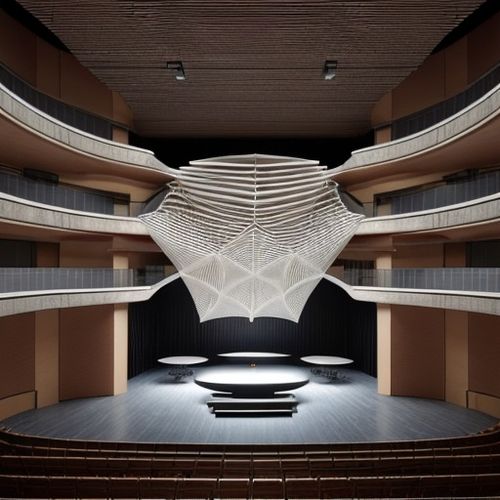
By John Smith/Apr 14, 2025

By Eric Ward/Apr 14, 2025

By Victoria Gonzalez/Apr 14, 2025

By Ryan Martin/Apr 14, 2025

By James Moore/Apr 14, 2025

By Megan Clark/Apr 14, 2025
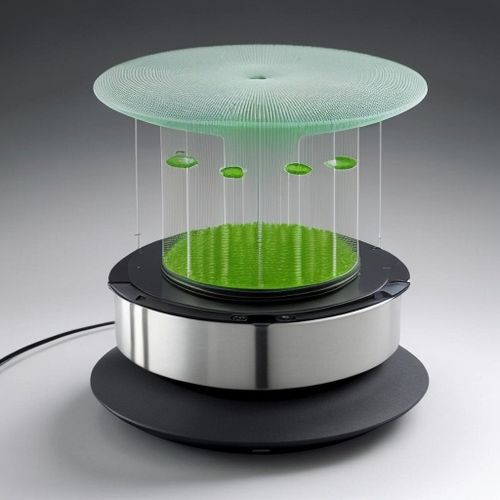
By John Smith/Apr 14, 2025

By Joshua Howard/Apr 14, 2025

By Laura Wilson/Apr 13, 2025

By Grace Cox/Apr 13, 2025

By Benjamin Evans/Apr 13, 2025

By George Bailey/Apr 13, 2025
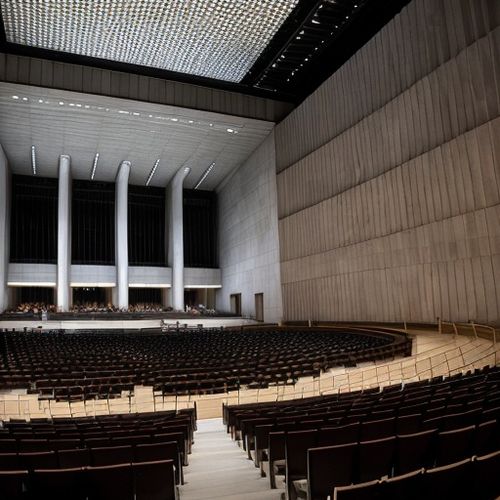
By David Anderson/Apr 13, 2025
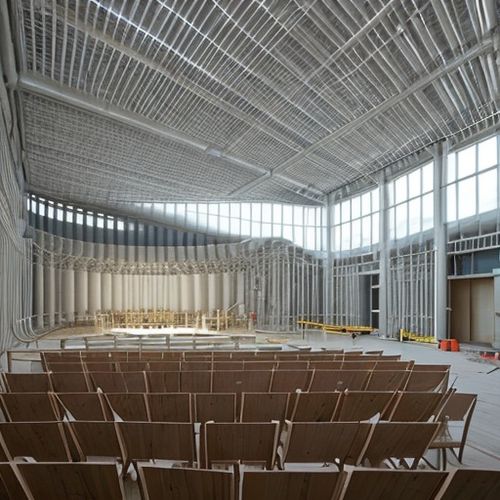
By Grace Cox/Apr 13, 2025

By William Miller/Apr 13, 2025

By Rebecca Stewart/Apr 13, 2025

By William Miller/Apr 13, 2025
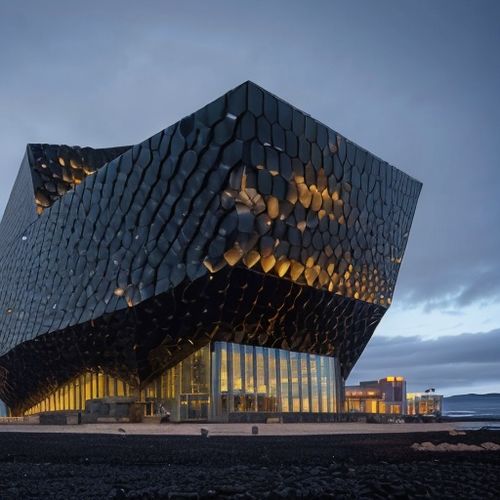
By Daniel Scott/Apr 13, 2025